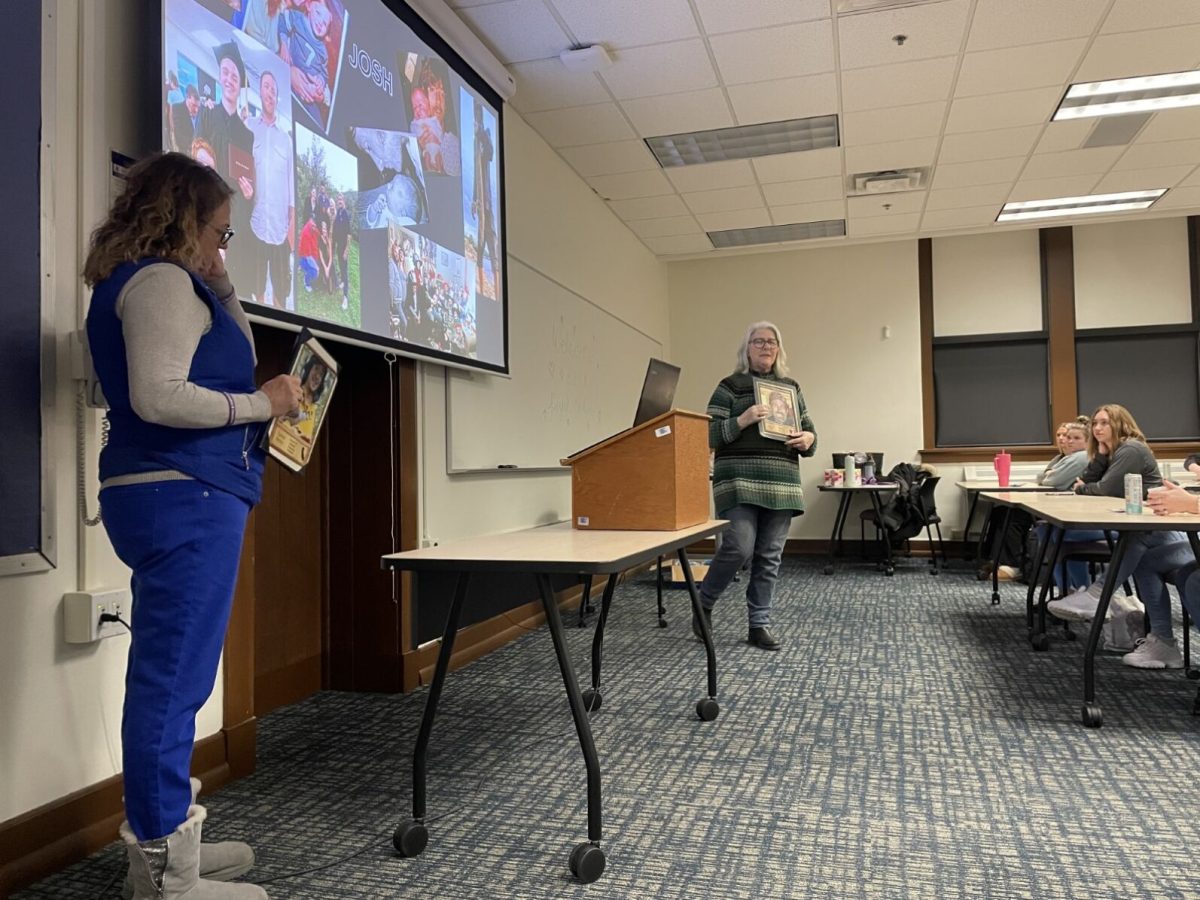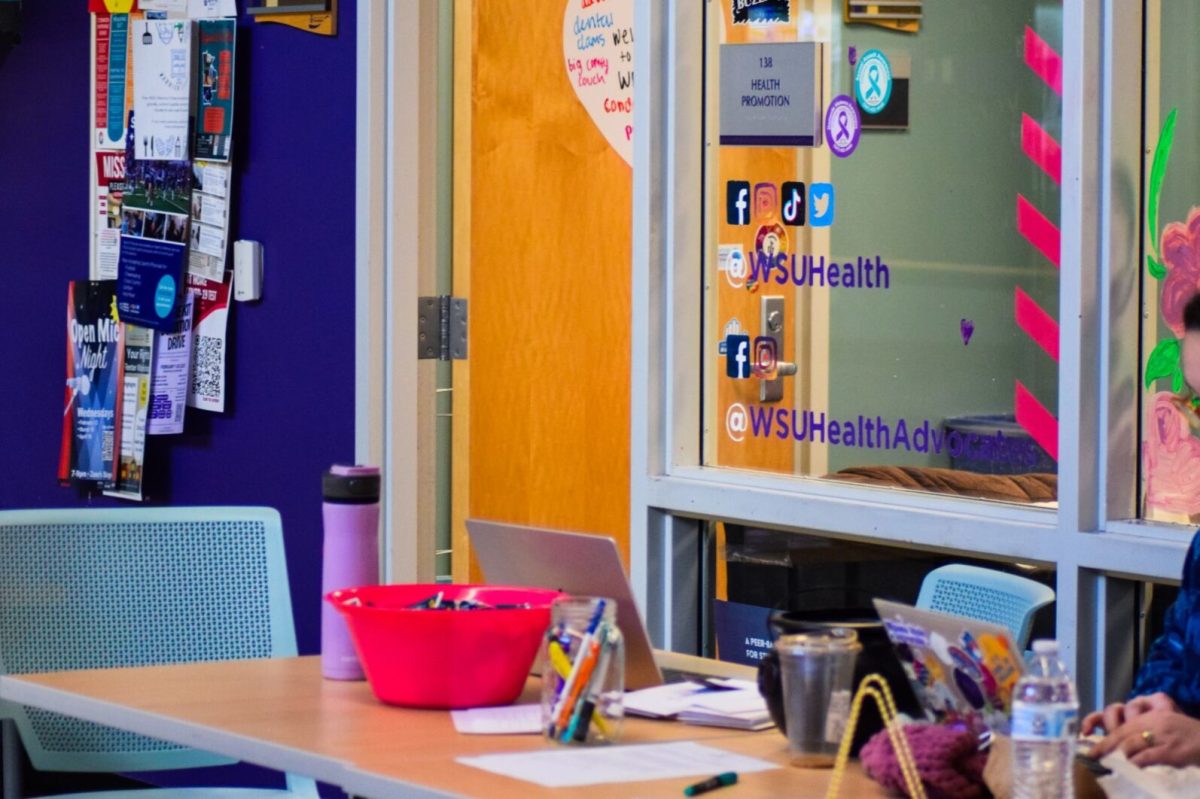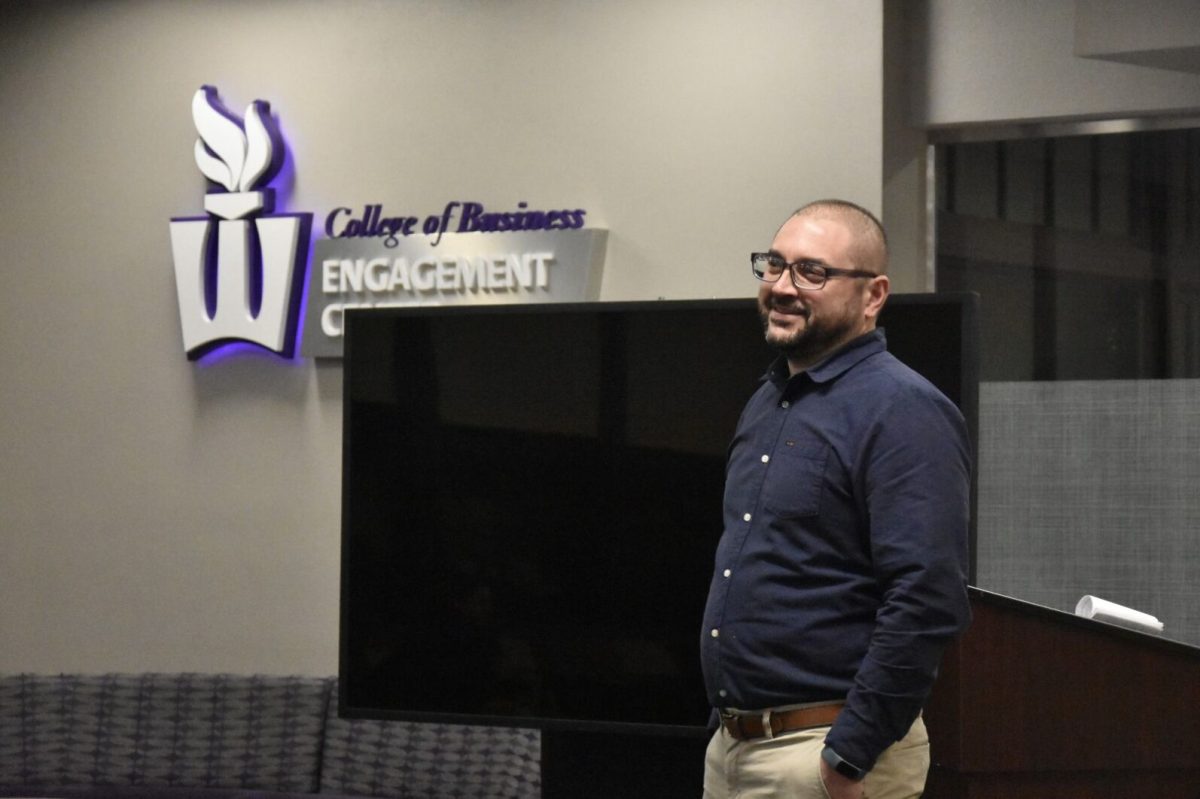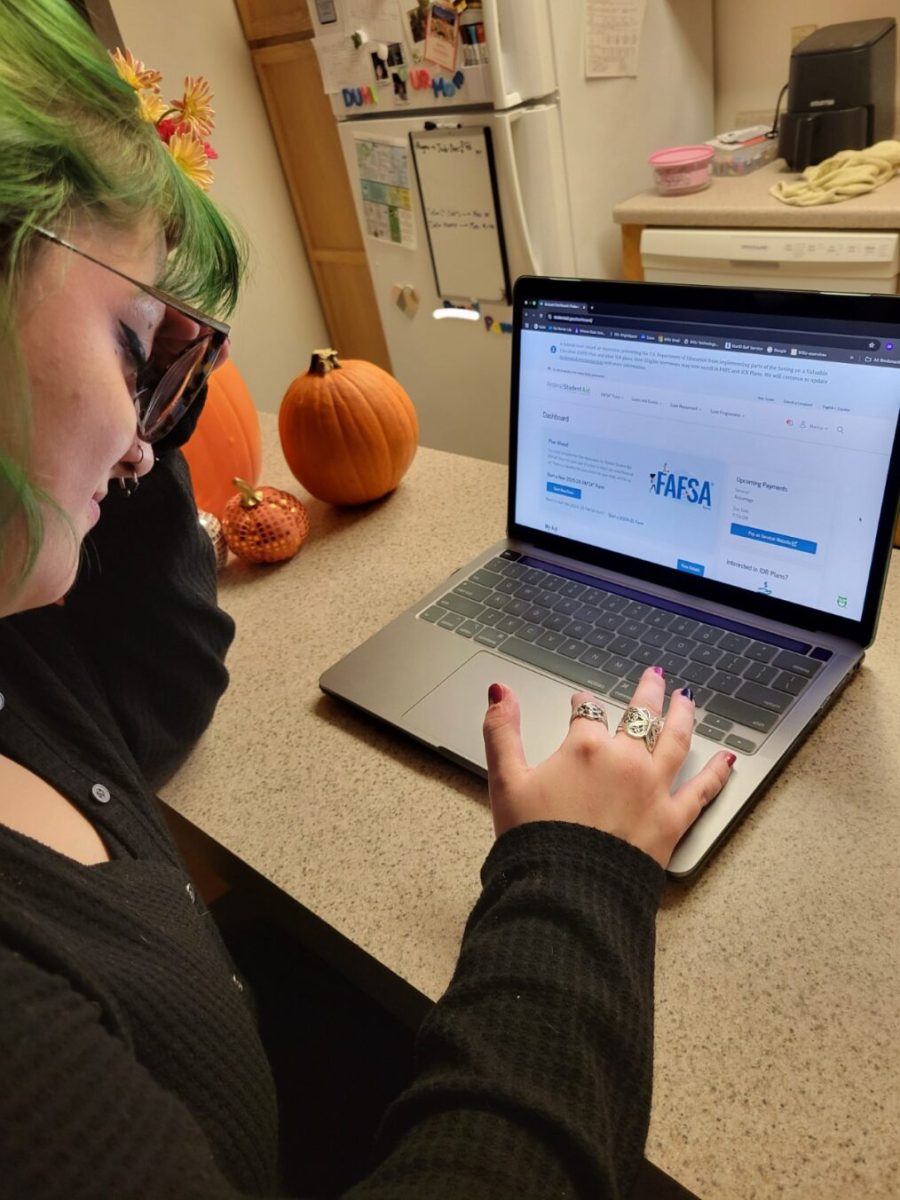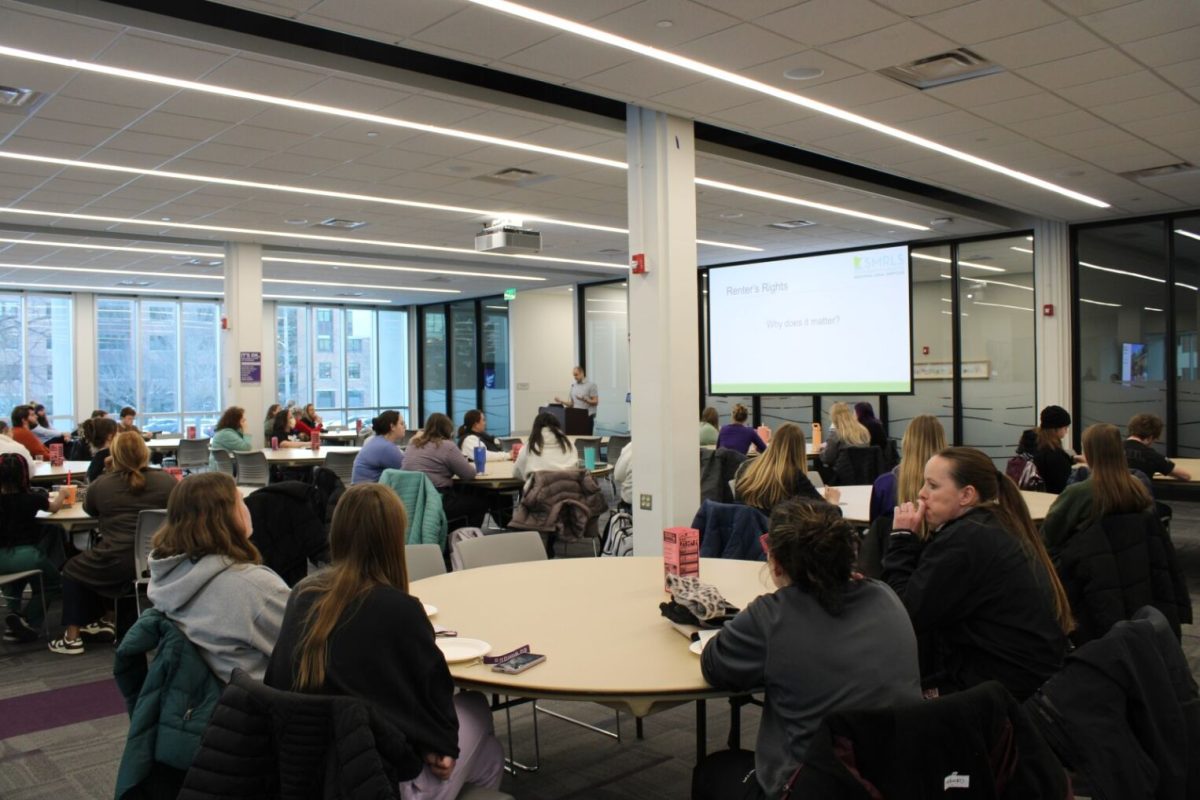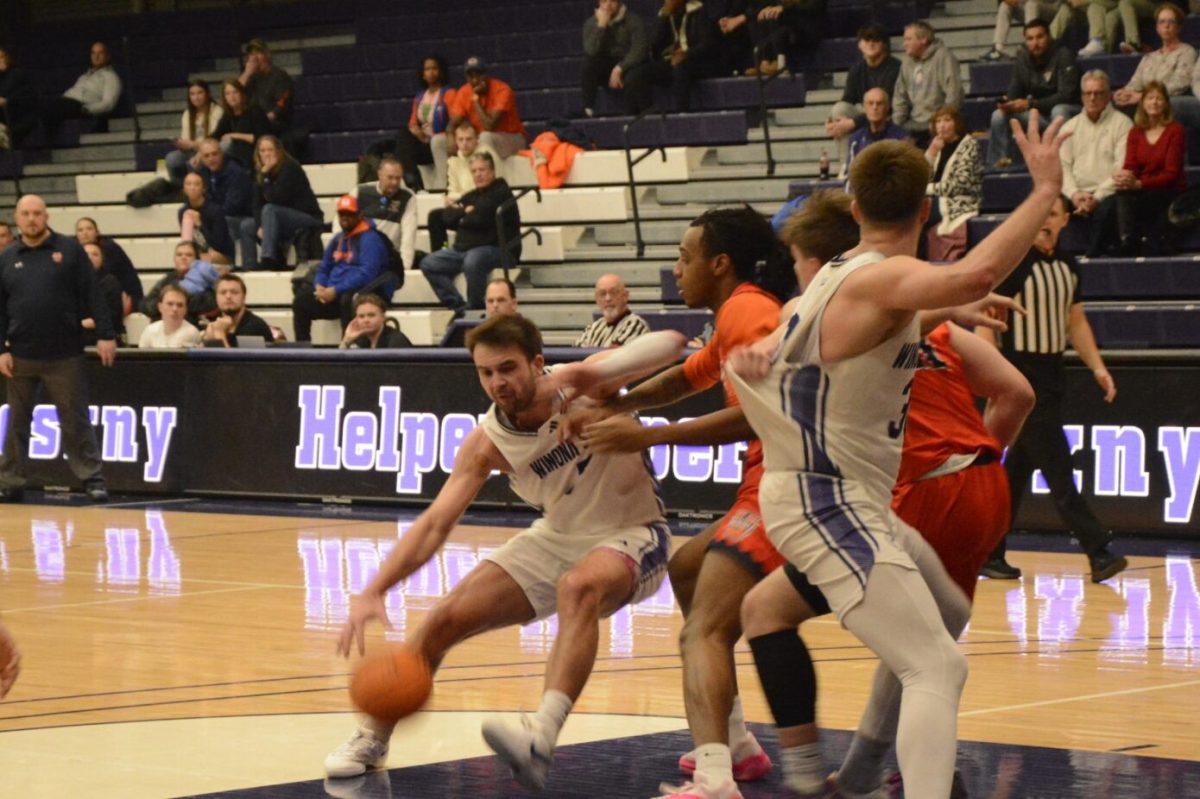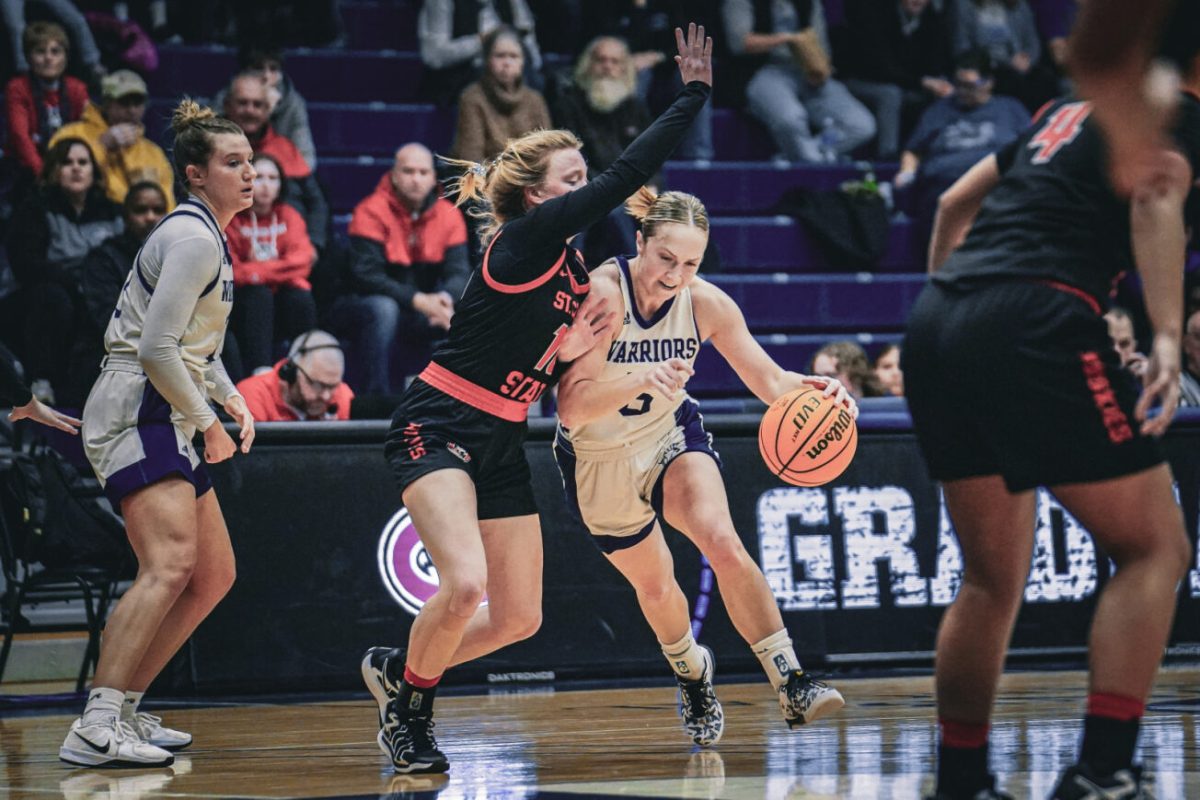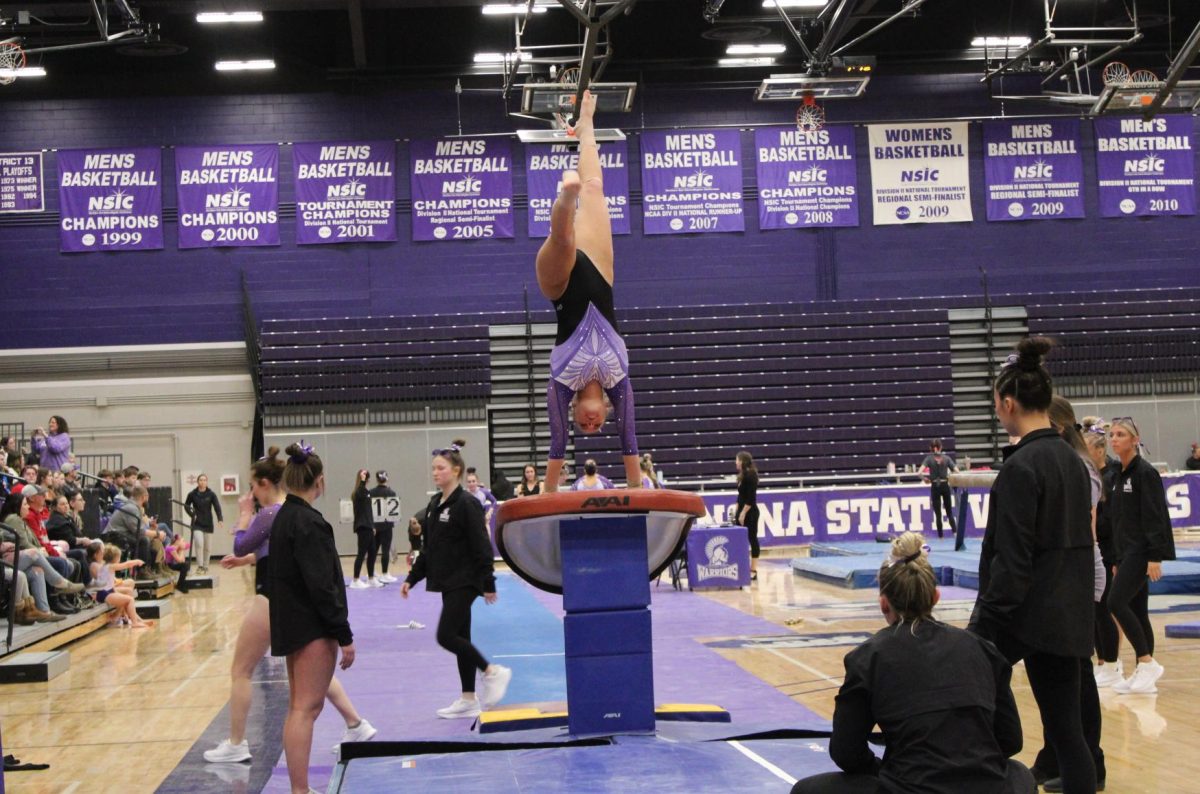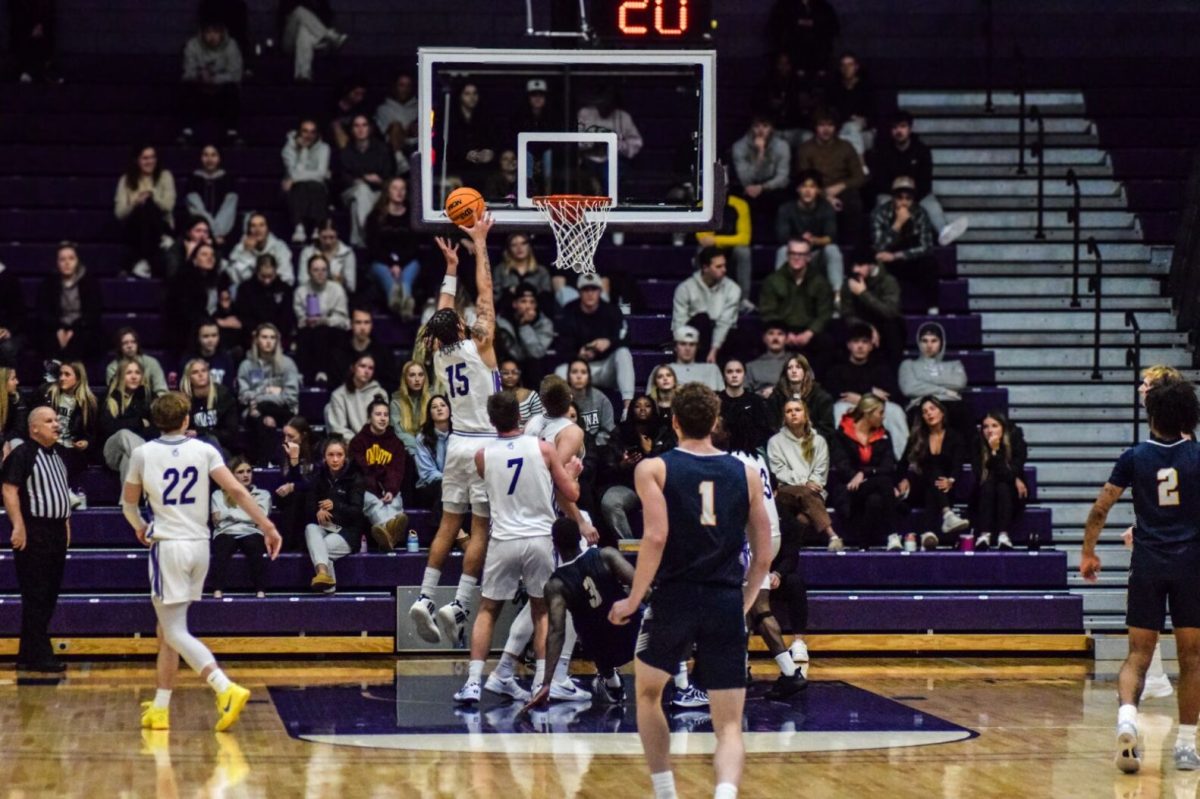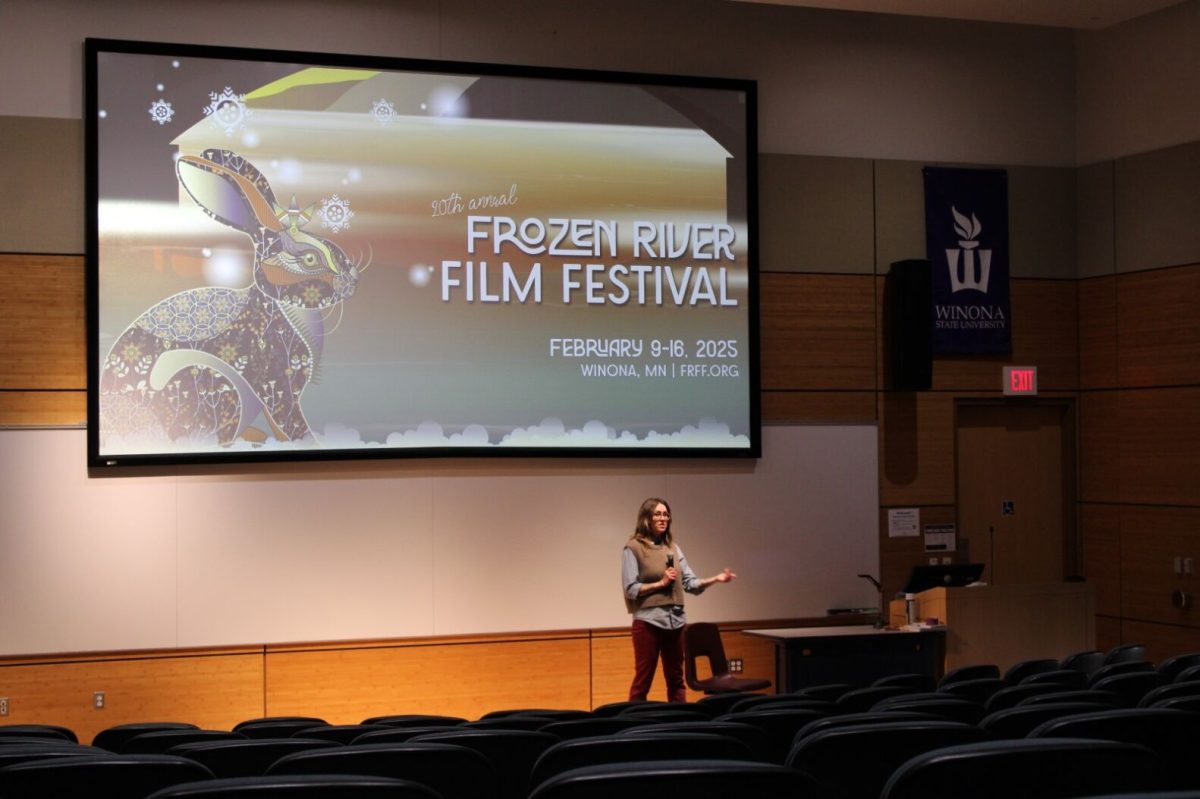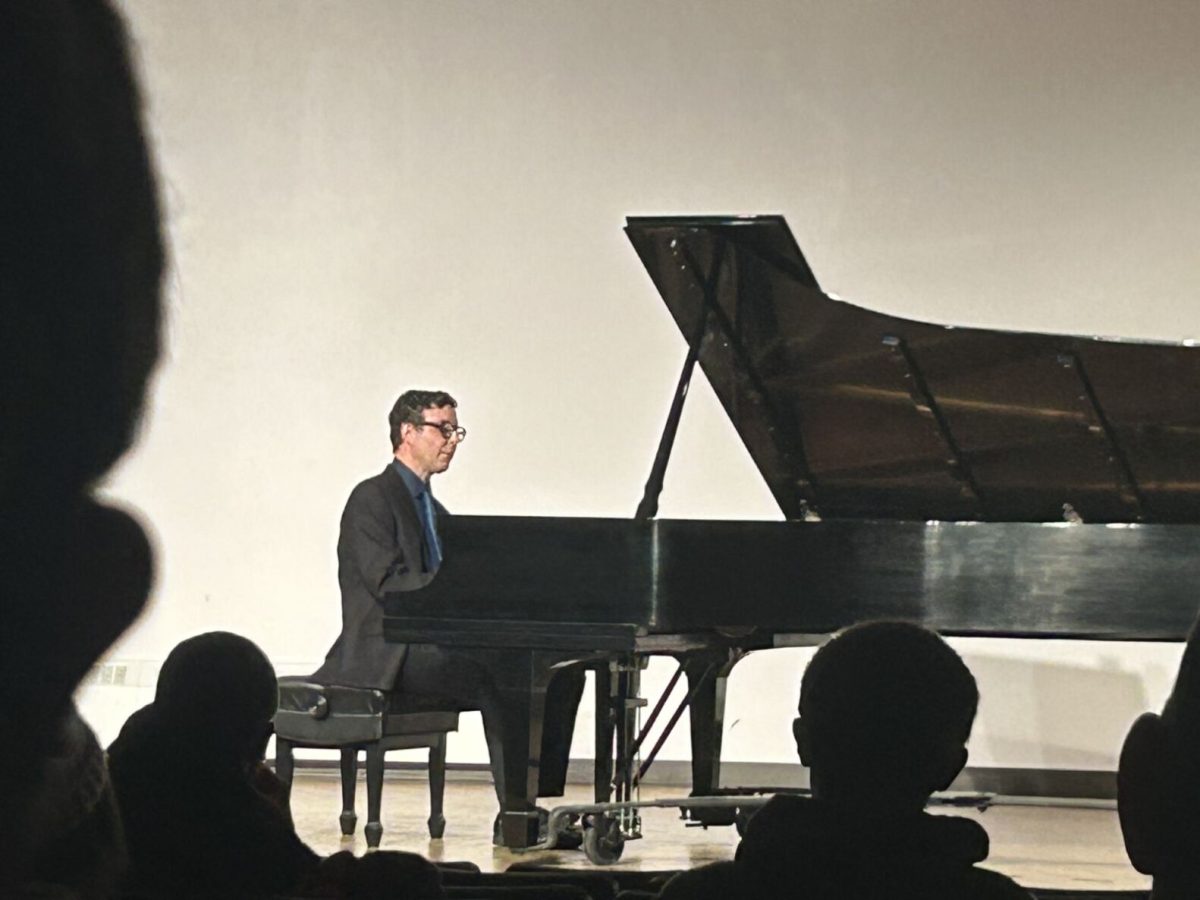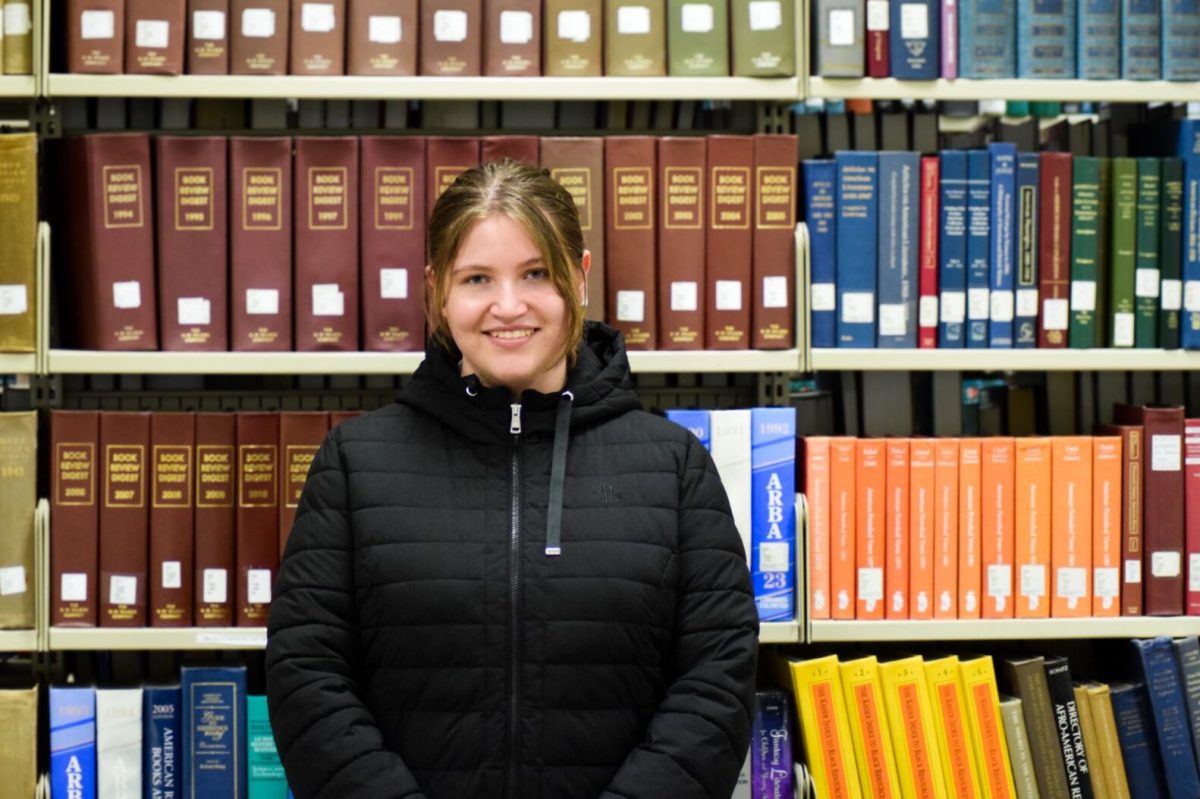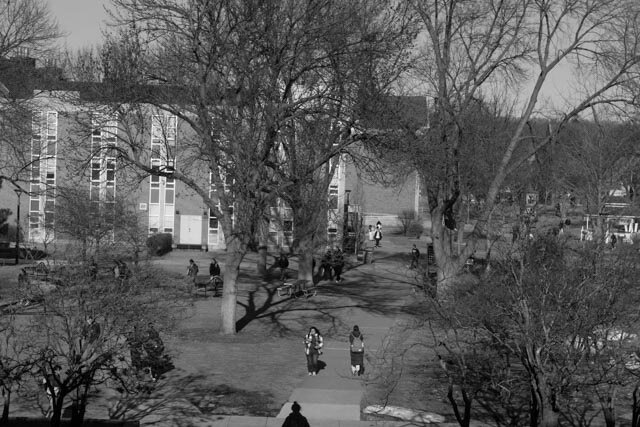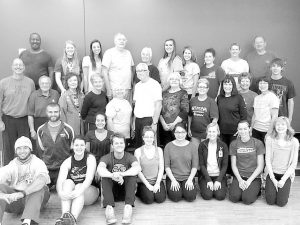
Sara Tiradossi/Winonan
Through “Winona Survivors Unite in Exercise,” Winona State University offers participants a space to promote health and bonding over a common struggle in life: cancer.
Participants are in the post-treatment stages of cancer.
Gary Kastello, exercise and rehabilitative sciences professor, has been directing the program for five years.
“Historically, when people have cancer, they are treated with radiation or chemotherapy, but sometimes there is not really a rehabilitation program for them to get back to their daily activities,” Kastello said.
Kastello said the chemo radiations often weaken patients’ immune systems and makes them physically weak as well. Kastello said it seemed natural to have a program that would follow up with those people and try to get them back to their daily living.
“So that’s how the program started. For five years, it has progressively grown and benefited many community members,” Kastello said.
Patients in the program work individually with Winona State students through the course of a semester. Kastello makes sure the students work well with the clients and communicate with everybody.
“Students in Movement Science serve as rehabilitation cancer exercise specialists and work on a one-on-one basis with survivors,” Kastello said. “The survivors are primarily community members but also faculty members here in Winona. We do basic rehabilitation; we try to improve strength and aerobic endurance.”
In attempt to build support, Kastello said the newer members of the program typically share their cancer story, which offers an opportunity for everybody to come alongside and help each other.
The program has been very successful so far, with many participants wanting to work on improving their health.
“The first semester we started with five clients, and now we are a group of twenty. So it is a broader group as far as survivors,” Kastello said.
Kastello said when the program first started it was called “Women Survivors Unite in Exercise,” and it was aimed just for breast cancer patients. The program ran for about a year and then they felt more comfortable offering the program to other types of cancer survivors.
“All of the patients have had some sort of cancer,” Kastello said. “The most typical history of the patients is breast cancer, but there are some with a history of lung, throat and larynx cancer as well.”
Every year, Kastello said they try to make some changes and differentiate the program from the previous years.
“Students need to get good at communicating and the clients are just exceptional,” Kastello said. “The things that we try to change every year are that some days we invite a guest leaders that might do yoga, zumba or pilates.”


